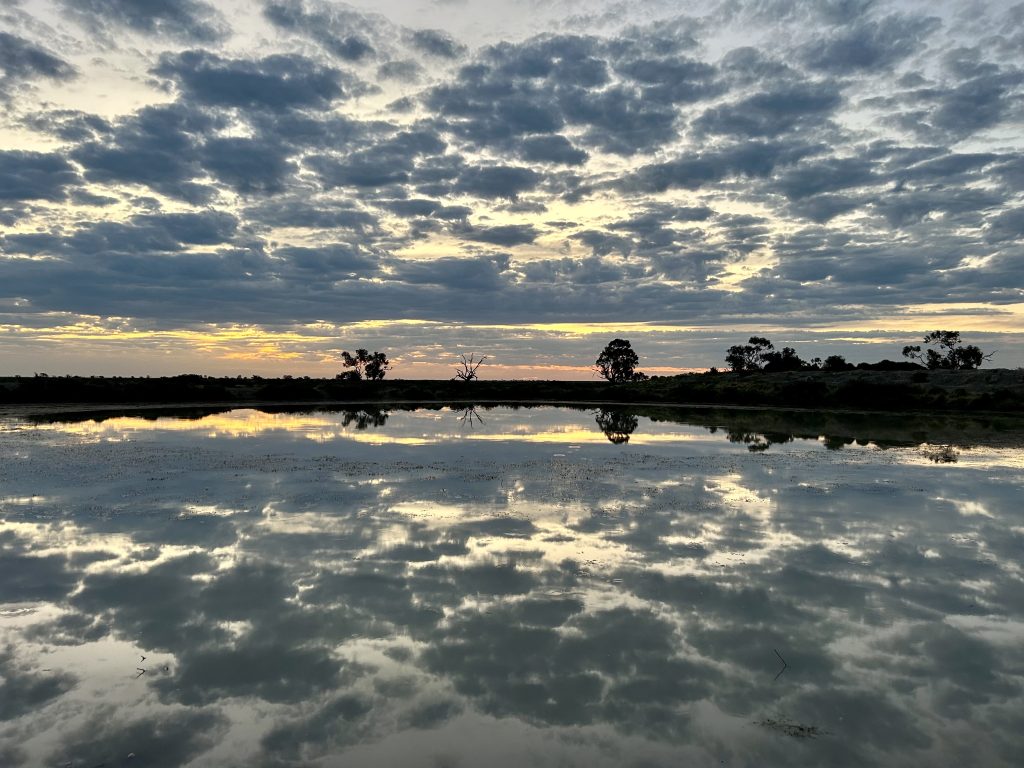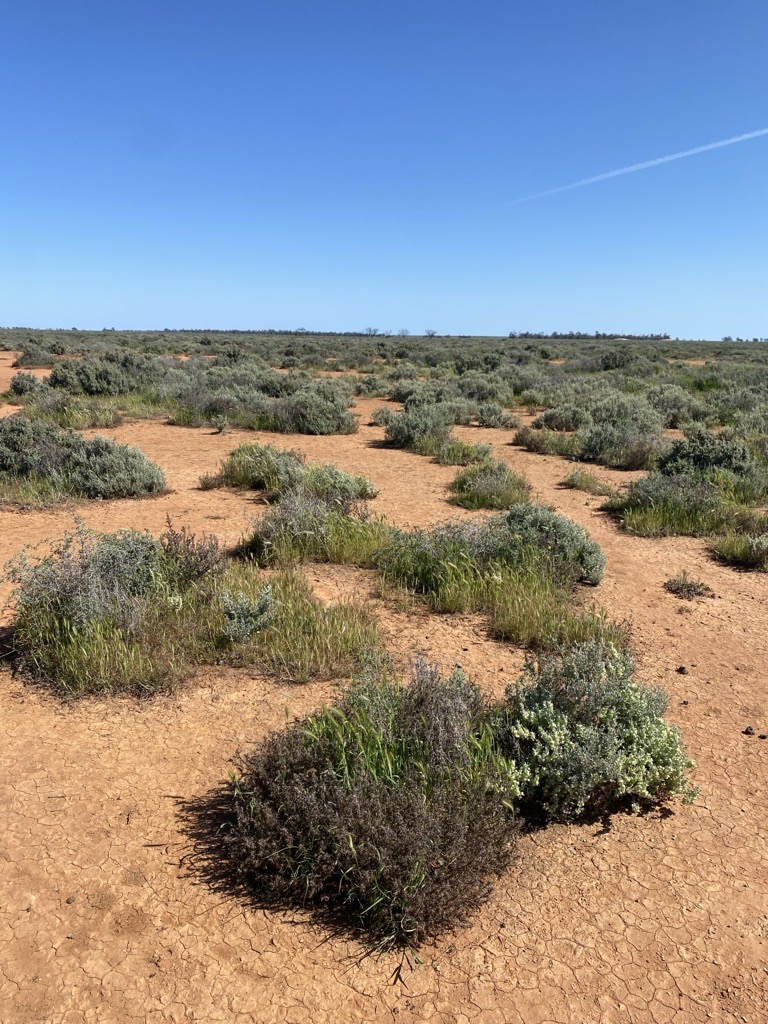Imagine Sydney, stretching from Palm Beach to Cronulla and across to Parramatta. Now, picture that area as vast grass-covered plains, dotted with 180 towering wind turbines, each standing 300 meters tall—equivalent to the height of the Eiffel Tower. This is the Baldon Wind Farm, one of several State Significant Developments planned for the South-West Renewable Energy Zone near Hay.
With the government’s focus on clean energy transition, initiating a project of this magnitude while adhering to all environmental, cultural, and heritage regulations is no small feat. Ideally, the paperwork proceeds without any Requests For Information or further adequacy reviews.
Challenging? Yes! Possible? Absolutely, as demonstrated when the Baldon Wind Farm proposal advanced to Exhibition without a hitch.
However, reaching this stage was quite a journey.

The Scale of the Project
The statistics speak for themselves:
- 40,000 hectares
- 180 turbines
- 1GW of electricity generation, enough to power over 500,000 average NSW homes
- 80 NGH staff + 12 subcontractors
- 10,000 hours
- 3,000 hectares surveyed
- $140 million in biodiversity credits to be retired
And there was never a dull moment in over 18 months of work.
Discovering cultural treasures
Wind farm projects generate valuable knowledge for the First Nations people and help build a broader understanding of the landscape. We were thrilled to uncover Aboriginal hearths, camping grounds, and even ancient burial mounds in the sand dunes. NGH makes it a point to involve the government and local Aboriginal Land Councils before starting a project like this. We were fortunate that the Registered Aboriginal Participants (RAPs) joined this project, as their involvement was crucial when our archaeologists made numerous discoveries. Our senior archaeologists established an excellent rapport with the RAPs and authorities, avoiding costly shutdowns that can occur if procedures and protocols are not understood.
We created a traffic-light map of cultural and environmental constraint areas—red for high, orange for moderate, and green for low—and spent considerable time micro-siting, adjusting the project to avoid these important sites. This effort paid off, resulting in a plan that provided certainty and flexibility to our client, landowners, RAPs, and regulators.
Unexpected riches
Previously, the landowners had planted saltbushes to stabilise the soil, then destocked and allowed the land to regenerate. We expected to find disused, drought-prone, degraded farmland. Instead, our teams discovered an ecologically and geologically diverse landscape with towering red dunes, marshy wetlands, and vast plains. Thriving communities of rare species, including Chariot Wheels, Winged Peppercress, Southern Bell Frog, and the highly threatened Plains Wanderer bird, were found.

We immediately contacted regulators and consulted experts to ensure accurate assessment of the birds and to avoid surprises in our Environmental Impact Statement (EIS). This proactive approach allowed everyone to understand that the wind farm would enable better ongoing environmental management of the site and improve the success rates of these species.
Floods scupper the best laid plans
In 2022, spring on the Hay Plains was one of the wettest on record. Knowing more rain was imminent, experts advised a small window of opportunity to complete the spring surveys. Rather than sending a dozen vehicles to drive around for hours, tearing up the sodden soils and getting bogged, we hired a helicopter to transport the experts around the site. That night, with a nervous eye on the forecast, our 12 intrepid ecologists gathered at the Moulamein Bowling Club cabins, ready for an early start.
The next morning brought good news: it wasn’t raining. The helicopter arrived, but so did the authorities with bad news. Our crew had to evacuate immediately as the river was already lapping the top of the levee, a meter or more above the cabins. Instead of taking our ecologists out on the plains, the helicopter marshalled them out as they drove in convoy through the rising floodwaters.
Planning today for tomorrow’s technology
In an ideal world, we would have a precise understanding of each project and how to construct it. However, this project was iterative and anything but certain at the start. Wind technology is constantly evolving, and the projected turbines were still on the drawing board when we wrote our EIS. Even now, we lack certainty about how to build them, where they will be transported from, or the amount of material needed for construction.
We also had to account for other projects in the area that could be under construction simultaneously. For example, we can estimate the number of trucks our project will send through towns on the route, but what are the implications if another project doubles that number?
Our team worked flexibly, responding to changes and revisiting the drawing board many times to achieve the best result. We produced a comprehensive and multidisciplinary environmental impact assessment, backed by extensive evidence, providing our client with both certainty and flexibility for the build ahead. This approach maximises the opportunity for successful construction without significant delays or cost implications and offers greater certainty to the community.
A win-win for all.
